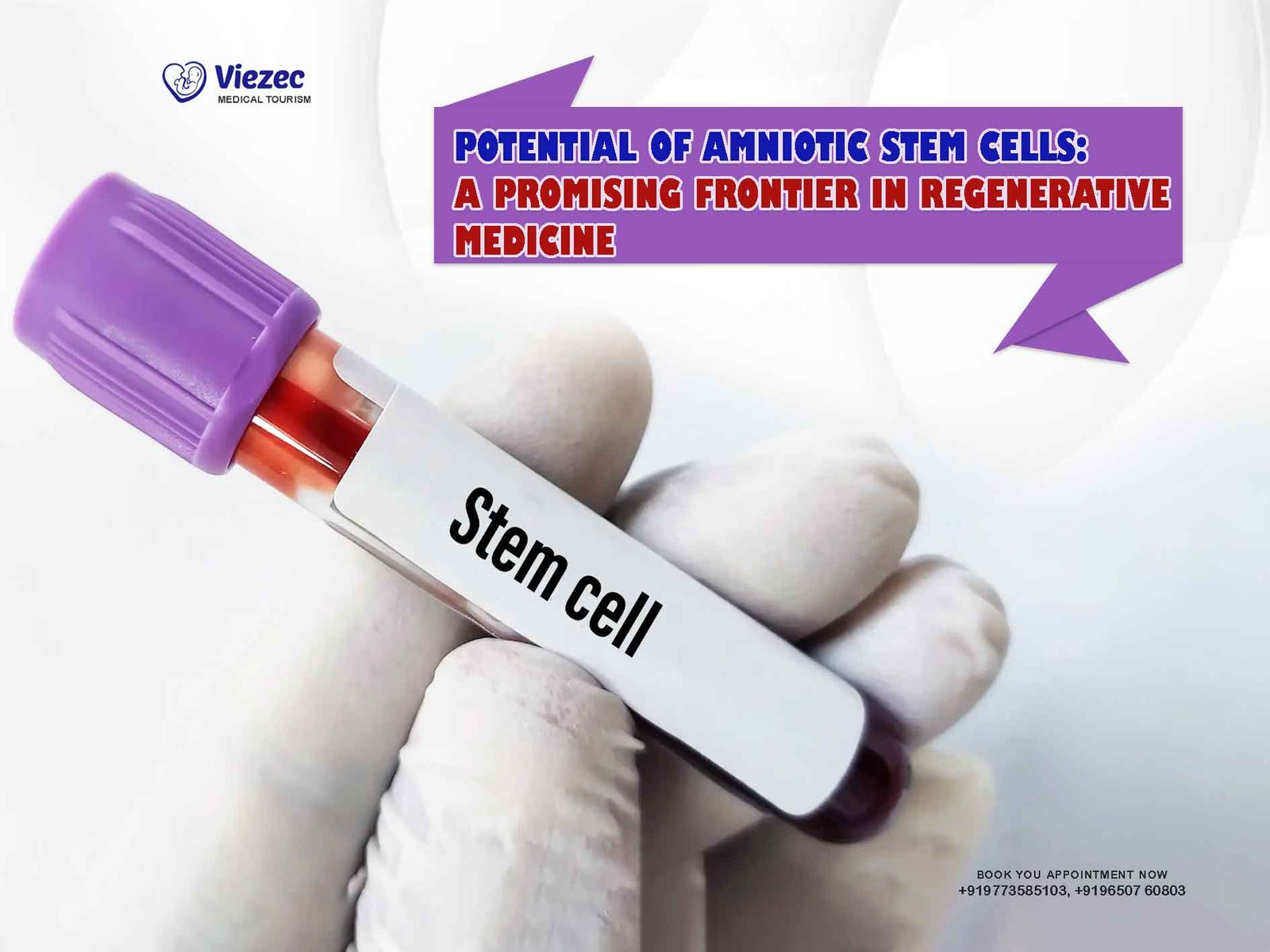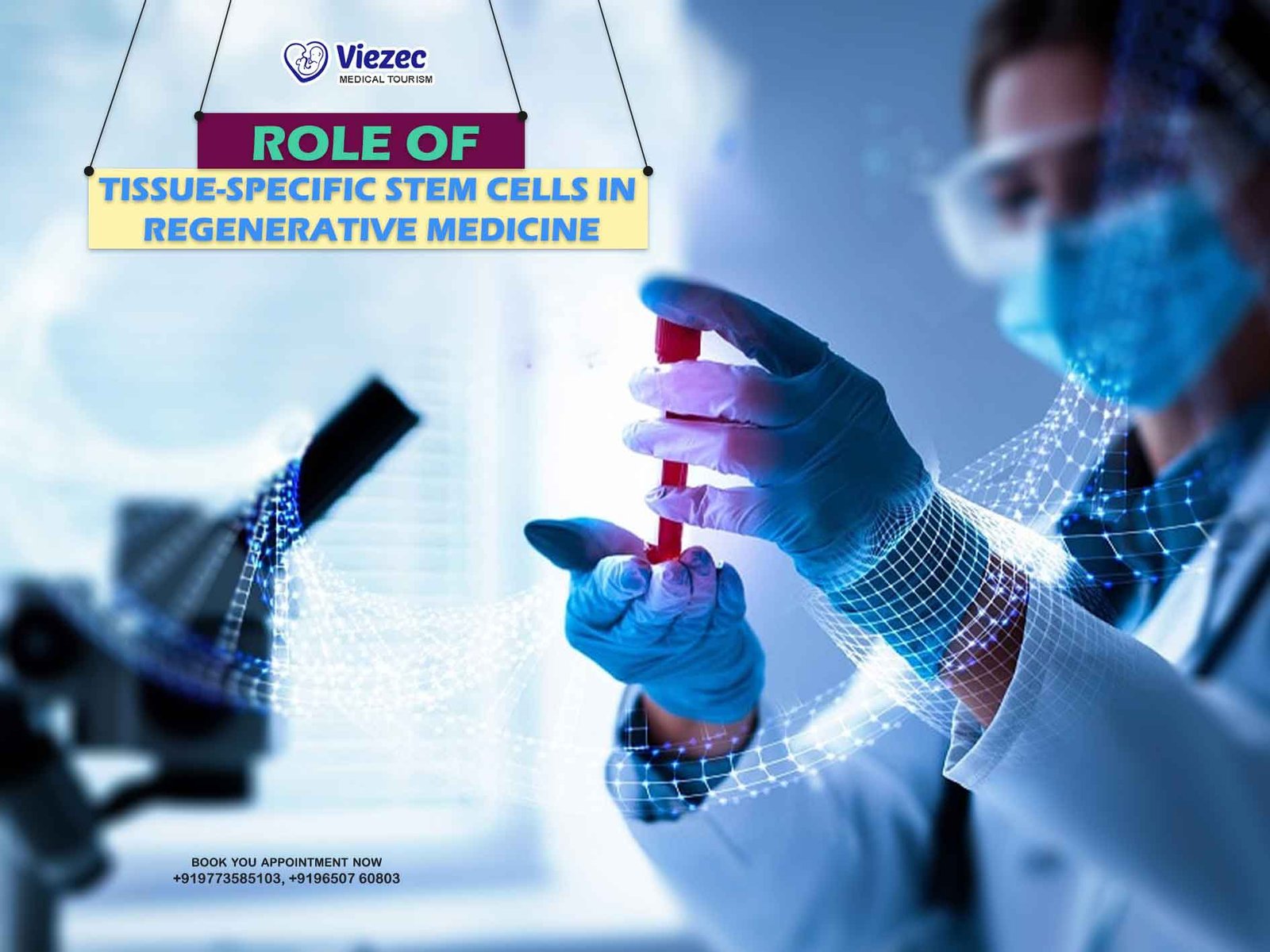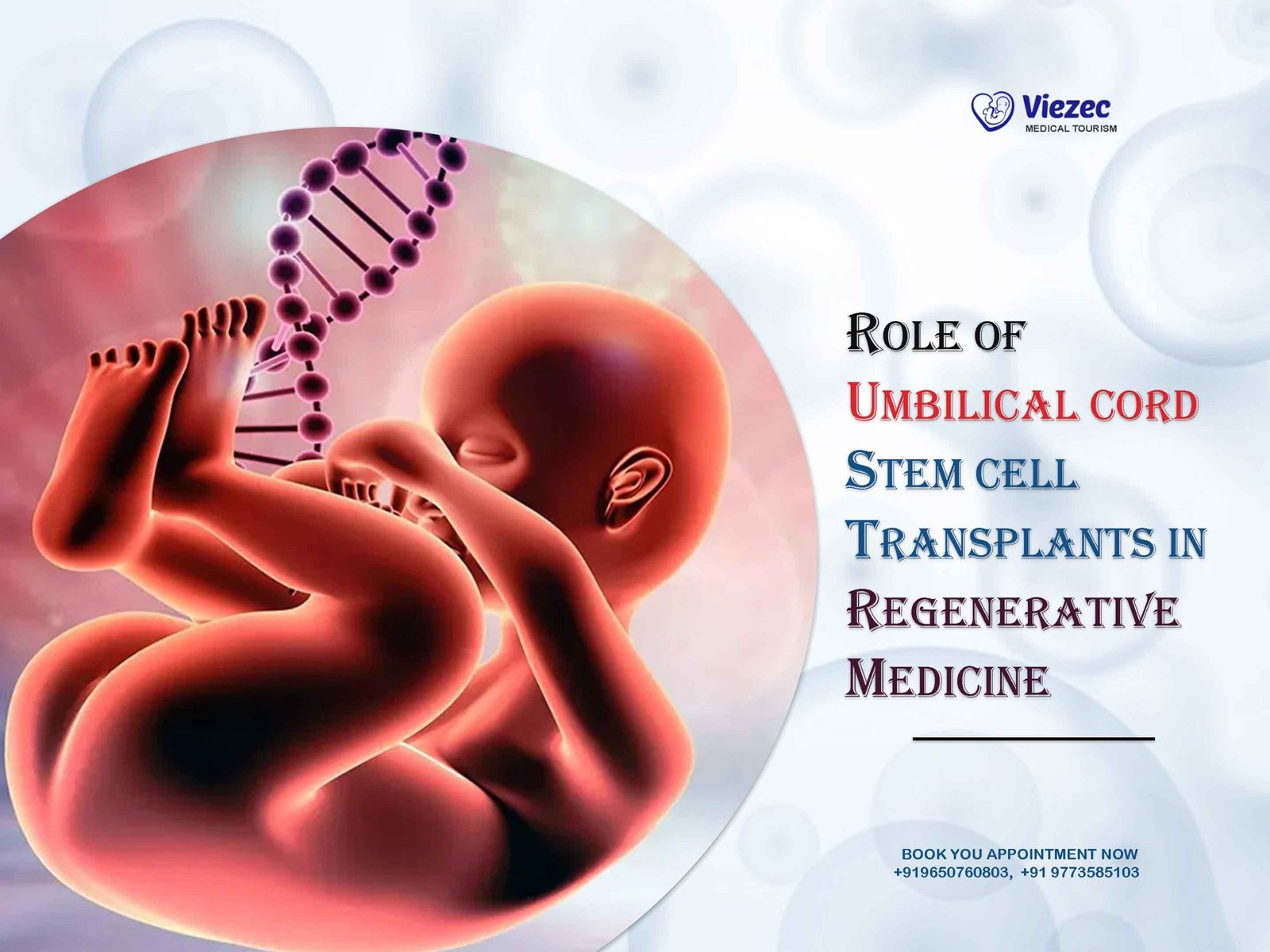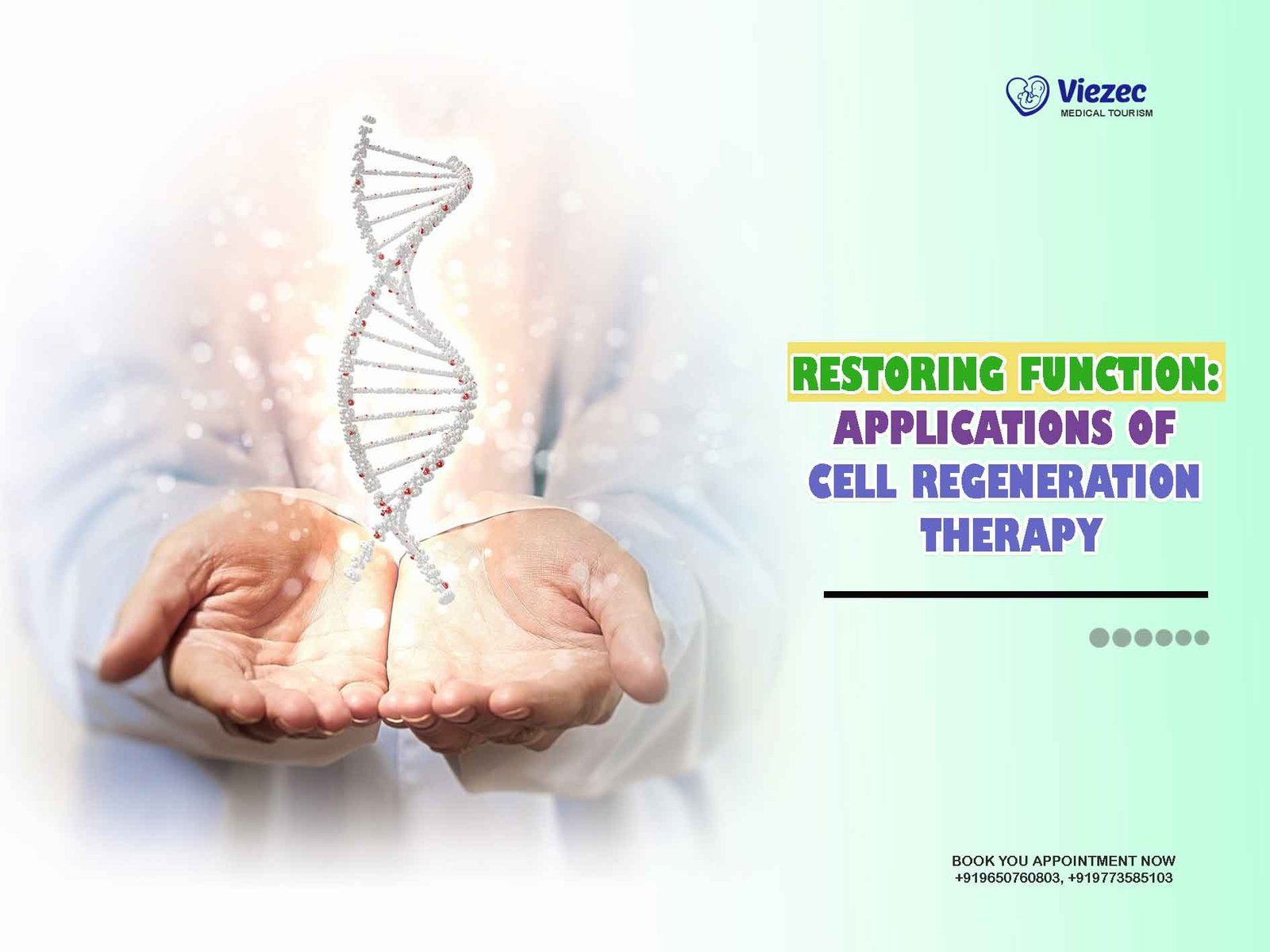In the realm of regenerative medicine, the search for versatile, ethical, and effective stem cell sources has been a quest for decades. Stem cells hold tremendous promise for treating a wide array of diseases and injuries by replacing or repairing damaged tissues and organs. Among the various types of stem cells, amniotic stem cells have emerged as a particularly intriguing candidate due to their unique properties and ethical advantages. In this comprehensive exploration, we delve into the potential of amniotic stem cells and their significance in advancing regenerative medicine.
Understanding Amniotic Stem Cells
What are Amniotic Stem Cells?
Amniotic stem cells are a type of multipotent stem cells derived from the amniotic fluid and the amniotic membrane surrounding the fetus during pregnancy. These cells possess the ability to differentiate into various cell types from all three germ layers: ectoderm, mesoderm, and endoderm. Unlike embryonic stem cells, which are derived from the inner cell mass of the embryo, amniotic stem cells can be obtained without harm to the fetus, making them an ethically attractive option for research and therapy.
Types of Amniotic Stem Cells
There are two primary types of amniotic stem cells: amniotic fluid stem cells (AFSCs) and amniotic membrane-derived stem cells (AMSCs).
- Amniotic Fluid Stem Cells (AFSCs): AFSCs are harvested from the amniotic fluid surrounding the fetus. These cells exhibit multilineage differentiation potential, capable of forming various cell types including adipocytes, osteocytes, chondrocytes, myocytes, hepatocytes, and neuronal cells.
- Amniotic Membrane-Derived Stem Cells (AMSCs): AMSCs are obtained from the amniotic membrane, the innermost layer of the placenta. Similar to AFSCs, AMSCs possess multilineage differentiation capabilities and can give rise to cells of different tissue types.
Advantages of Amniotic Stem Cells
Ethical Considerations
One of the most significant advantages of amniotic stem cells is their ethical source. Unlike embryonic stem cells, which involve the destruction of human embryos, obtaining amniotic stem cells does not pose ethical dilemmas. These cells are collected during routine procedures such as amniocentesis or cesarean sections, without harm to the fetus or the mother.
Abundant Supply
Amniotic stem cells offer a readily available and abundant supply for research and therapeutic purposes. The amniotic fluid, which is routinely discarded after prenatal diagnostic procedures, serves as a non-invasive and easily accessible source of stem cells. Additionally, the amniotic membrane, which is typically discarded after childbirth, can be processed to isolate AMSCs, providing another source of valuable stem cells.
Low Immunogenicity
Another advantage of amniotic stem cells is their low immunogenicity. These cells express low levels of major histocompatibility complex (MHC) class I antigens and do not express MHC class II antigens, reducing the likelihood of immune rejection when transplanted into recipients. This characteristic makes them potentially suitable for allogeneic transplantation without the need for immunosuppression, simplifying the clinical application of these cells.
Multipotency and Plasticity
Amniotic stem cells exhibit multipotency and plasticity, meaning they can differentiate into a variety of cell types and integrate into different tissues. This versatility makes them attractive candidates for regenerative medicine applications aimed at repairing or replacing damaged tissues and organs. Whether it’s regenerating nerve cells in spinal cord injuries or repairing cartilage in osteoarthritis, the multipotent nature of amniotic stem cells holds promise for addressing a wide range of medical conditions.
Applications of Amniotic Stem Cells
Tissue Regeneration
One of the primary applications of amniotic stem cells is tissue regeneration. These cells have shown remarkable potential in preclinical and clinical studies for repairing and regenerating various tissues and organs. Researchers have investigated their efficacy in treating conditions such as myocardial infarction, spinal cord injury, cartilage defects, liver cirrhosis, and neurodegenerative diseases. By harnessing the regenerative properties of amniotic stem cells, scientists aim to develop innovative therapies for conditions that currently have limited treatment options.
Wound Healing
Amniotic stem cells have also demonstrated efficacy in promoting wound healing and tissue repair. The application of AFSCs and AMSCs in chronic wounds, such as diabetic ulcers and burns, has shown promising results in preclinical studies and early clinical trials. These cells secrete factors that stimulate angiogenesis, reduce inflammation, and promote tissue regeneration, accelerating the wound healing process. Additionally, the anti-inflammatory and immunomodulatory properties of amniotic stem cells contribute to their effectiveness in wound healing applications.
Immunomodulation
Another intriguing aspect of amniotic stem cells is their immunomodulatory properties. These cells have been shown to modulate the immune response by suppressing inflammation and regulating immune cell activity. This makes them valuable not only for regenerative medicine applications but also for the treatment of immune-mediated disorders such as autoimmune diseases and graft-versus-host disease (GVHD). By harnessing the immunomodulatory capabilities of amniotic stem cells, researchers aim to develop novel therapies for conditions characterized by dysregulated immune responses.
Challenges and Future Directions
While amniotic stem cells hold immense promise for regenerative medicine, several challenges and areas for further research remain.
Standardization of Isolation and Culture Techniques
One challenge in the field of amniotic stem cell research is the standardization of isolation and culture techniques. Variability in isolation methods and culture conditions can affect the characteristics and properties of the resulting stem cell populations, potentially impacting their efficacy and safety in clinical applications. Establishing standardized protocols for the isolation, expansion, and characterization of amniotic stem cells is essential for ensuring consistency and reproducibility across studies.
Optimization of Differentiation Protocols
Another area for improvement is the optimization of differentiation protocols to guide the fate of amniotic stem cells toward specific cell lineages. While these cells exhibit multilineage differentiation potential, directing their differentiation into desired cell types with high efficiency remains a challenge. Refining differentiation protocols through the use of growth factors, small molecules, and biomaterial scaffolds could enhance the therapeutic potential of amniotic stem cells for tissue engineering and regenerative medicine applications.
Long-Term Safety and Efficacy Studies
Additionally, long-term safety and efficacy studies are needed to evaluate the outcomes of amniotic stem cell therapies in clinical settings. While early clinical trials have shown promising results, more extensive follow-up is necessary to assess the durability of therapeutic effects, potential adverse events, and the overall benefit-risk profile of these treatments. Rigorous clinical research, including randomized controlled trials with large patient cohorts, will be essential for establishing the safety and efficacy of amniotic stem cell therapies across different indications.
Regulatory Considerations
Regulatory considerations also play a crucial role in the translation of amniotic stem cell therapies from the laboratory to the clinic. Regulatory agencies such as the U.S. Food and Drug Administration (FDA) and the European Medicines Agency (EMA) require robust preclinical and clinical data to evaluate the safety, efficacy, and quality of stem cell-based therapies before granting approval for market authorization.









